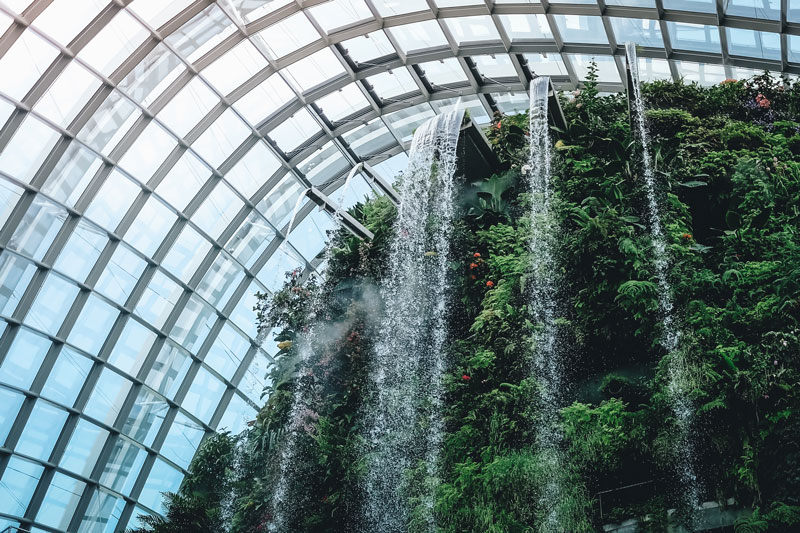One of the most vital principles of sustainable design is water conservation. Water-efficient buildings help protect our ecosystem, conserve energy, and lower your utility bill! Incorporate these water-saving initiatives into your water conservation building design.
Ways to Reduce Your Building’s Water Consumption
Low-Flow Plumbing Fixtures
Installing low-flow plumbing fixtures helps you save substantial amounts of water for a more sustainable and eco-friendly building. Low-flow toilets and faucets provide the same function as traditional fixtures while reducing the amount of water used. Although the upfront cost of installing low-flow fixtures can be significant, reduced costs make it a worthwhile investment.
Rainwater Harvesting
Integrate a rainwater harvesting system into your water conservation building design! Rainwater harvesting is a great option for commercial buildings with large roof areas that demand a hefty amount of non-potable water. Rainwater collection systems are designed to capture and store rainwater for end uses including landscape irrigation, single pass cooling, toilet flushing, and more. These systems not only collect non-potable water, but they also capture a considerable amount of savings.
Insulated Piping
Insulated pipes reduce heat loss and raise water temperature. By properly insulating your water pipes, you can ensure that hot water will be readily available when someone turns on a faucet. This way, users aren’t waiting for the water to heat up and letting the water run longer.
Touch-Free Faucets
Install touch-free faucets in your building to save water that might otherwise be wasted from users turning the faucet on and off or mistakenly leaving the faucet running after use. Touchless faucets only keep water running when they sense a user’s hands beneath the faucet. Touch-free faucets also limit the spread of germs!
Greywater
Water recycling is an important part of water efficient building design. Greywater is essentially water captured from showers, baths, sinks, and washing machines that is filtered for removal of solids and then recycled for reuse. A greywater reuse system can be used to provide water for landscape irrigation and toilet flushing.

